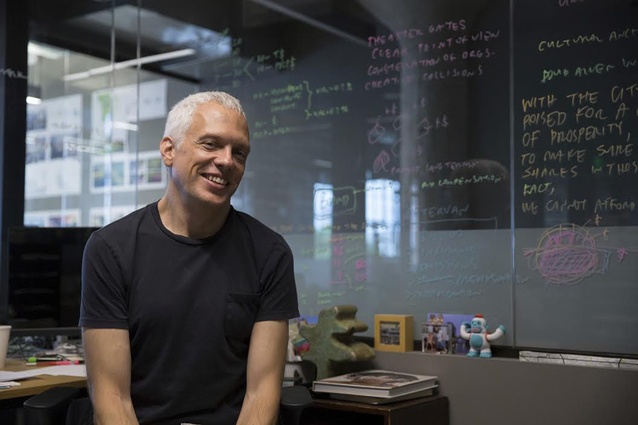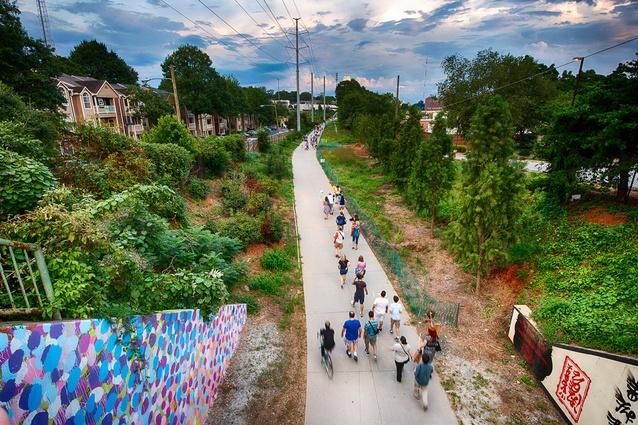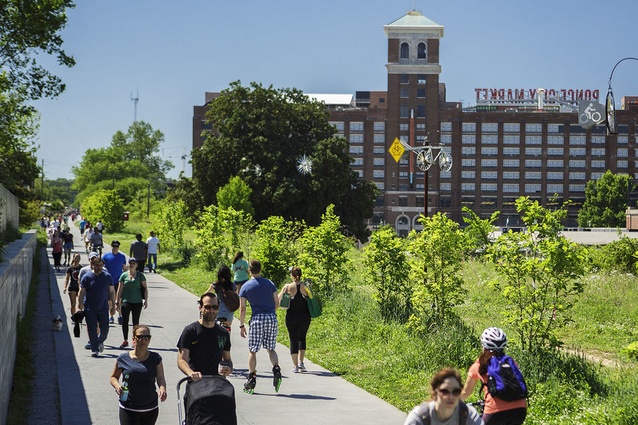Infrastructure obsessed: Ryan Gravel
Ryan Gravel is an urban planner, designer and author working on infrastructure, concept development and policy as the founder of a company called Sixpitch.
His Master’s thesis on how four different rail lines encircling the city could be strung together launched a project called the Atlanta Beltline. It’s been a work in progress for 15 years now and is changing both the physical form of his city and the decisions people make about living there.
Gravel will be part of the discussion on movement at April’s NZILA Firth conference.
Landscape Architecture Aotearoa: How has your obsession with infrastructure shaped your career?
Ryan Gravel: My obsession with infrastructure is my career. In my early years, it drove me to do whatever I can to support the Atlanta Beltline, and I’ve been lucky that the Beltline’s success has allowed me to work on some other amazing projects.
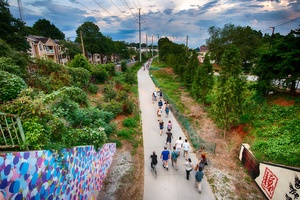
Now, the development of ideas about infrastructure and public space is pretty much all I do – I work on projects through Sixpitch, my small consulting firm, and I write and speak about infrastructure all around the world. I’m living a dream. And the beauty of this work is that it brings a lot of different people with a lot of varied interests together to help shape a common set of goals.
So, we can talk about landscape architecture and other aspects of design, but we can also put that conversation in context of other issues – everything from technology to public health, to education, urbanisation, gentrification, or economic opportunity.
LAA: What’s special about the way you work on/approach projects?
RG: My focus on infrastructure is less technical and more cultural – how infrastructure shapes our way of life; how we are now rethinking our infrastructure so that it delivers the lives that we want. Usually this is not obvious to people, and ideas about what a better future looks like are even less apparent.
My work, then, helps to illustrate those opportunities and build a compelling narrative that draws different people together to work on a larger, shared vision. It tends to result in a sort of a pre-project – just enough of a concept so that people can talk about it, see themselves in it, and begin working to make it come to life.
LAA: What’s the key message you’ll be delivering at the conference?
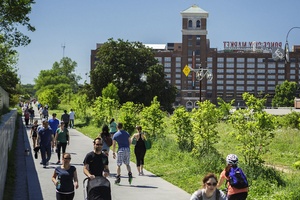
RG: I’ll share a little about our story in Atlanta but I’ll also focus on how it fits into a larger, global cultural momentum that is changing the way we think about the places we live and our expectations for living there. Honestly, if Atlanta can become the kind of place where we want to live, then there must be something really powerful going on.
And while we don’t know where this momentum is going to take us, we can make sure that the decisions we make along the way about infrastructure will result in outcomes that are good for us; that are good for our health and the health of our planet; that include everyone; and that deliver the lives that we want.
More info on the NZILA Firth Conference here.
This article first appeared on the Landscape Architecture Aotearoa website, which is published by the New Zealand Institute of Landscape Architects (NZILA).

